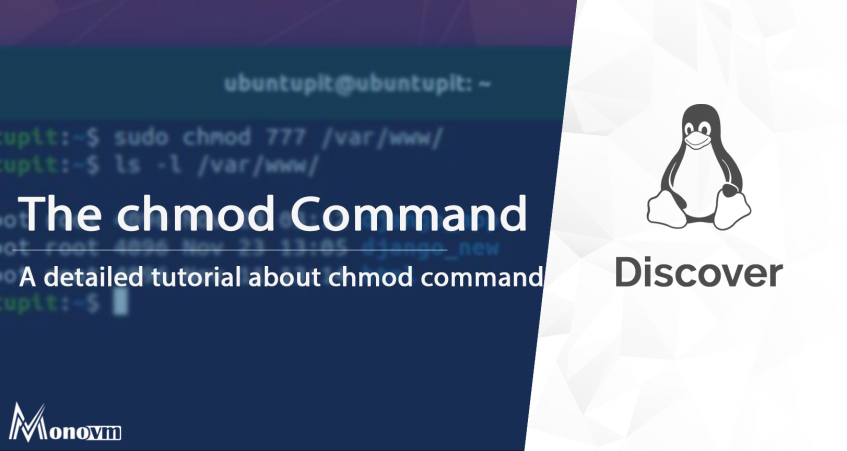
Chmod 777 Recursively Mod 777 Will
This is done with the chmod command.chmod 777 will reset the setuid and setgid bits, possibly causing some programs not to run correctly (or at all). Earlier than doing that, be sure to perceive what does chmod -R 777 do, and why it is best to by no means set permissions to 777.Sooner or later in the Linux world, you will have to change the permission on a file or directory. You are attempting to repair a permission concern along with your net server and located data on the Web, saying that that you must recursively chmod 777 the online listing.
Chmod 777 Recursively Install Did It
In this article, I’ll share with you some of the practical examples of chmod command. •3y Ive never done this, why did you have to reinstall did it cause problems I would have thought that enabling all. 267 Share Report Save level 2
This command is used for changing the mode of access.But wait! Is it not meant for changing the permission? Actually, in early Unix days, permissions were called mode of access. Chmod command in LinuxWhat is chmod? chmod stands for change mode. Using chmod command will be a lot easier once you understand the permissions. •Now, let us see how chmod command can be used to change the access mode of a file.chmod-R 777 /Or if you want to make all the files in the current directory have all permissions type: chmod-R 777./Before you see the chmod examples, I would strongly advise you to learn the basics of file permissions in Linux.
Note this option requires a double-dash prefix (–) not (-). –reference=FILE let you use the current permission mode of FILE as the permissions to set on the target file. When combined with -R option, -v can produce a lot of output. –reference=FILE : use FILE’s mode instead of MODE valuesNote that using -v option report if change were made or if nothing needed to be done. -c : like verbose but report only when a change is made -v : output a diagnostic for every file processed
You should totally avoid it. This command will give read, write and execute permission to the owner, group and public.If you want to change the mode to 777, you can use the command like this: chmod 777 filenameChmod 777 is considered potentially dangerous because you are giving read, write and execute permission on a file/directory to everyone (who is on your system). Chmod -R 755 directory chmod 777: Everything for everyoneYou might have heard of chmod 777. Change permission on all the files in a directory recursivelyChmod has the recursive option that allows you to change the permissions on all the files in a directory and its sub-directories. Just select the appropriate permissions and it will tell you the permissions in both absolute and symbolic mode. Chmod u=rwx filenameIf you want an easy way to know the Linux file permission in numeric or symbolic mode, you can use this chmod calculator.
Only the owner will be allowed to write to the file. To give owner, group and everyone else permission to execute file: chmod +x /path/to/file chmod 755: Only owner can write, read and execute for everyoneThis next command will set the following permission on file: rwxr-xr-x. Often after downloading an executable file you will need to add this permission before using it.

You don’t have to use bitmask to set new permission. Consider the following:You can now easily see where I got the 755, 666, 640 from. Simple addition is required. Those are easy to calculate.
You can specify any combination of rwx. Chmod -v u+The next section is where you decide the permission MODE to apply(+), remove (-) or match (=). This last one will add or remove permissions as needed to set permission as you requested. This second format looks like this: chmod OPTIONS The next step to complete the command, you either decide to add permissions bits (+), remove permissions (-), or set permission (=).

Changing them is rarely the appropriate solutions to any problems.I hope these chmod command examples were helpful for you. Permissions outside your home directory are set the way they are for a reason. This does NOT mean you should. A word of warning!With chmod and sudo you now have to power to change permission on almost any files. I wanted to keep this to basic and hopefully help a few new Linux user.


 0 kommentar(er)
0 kommentar(er)
